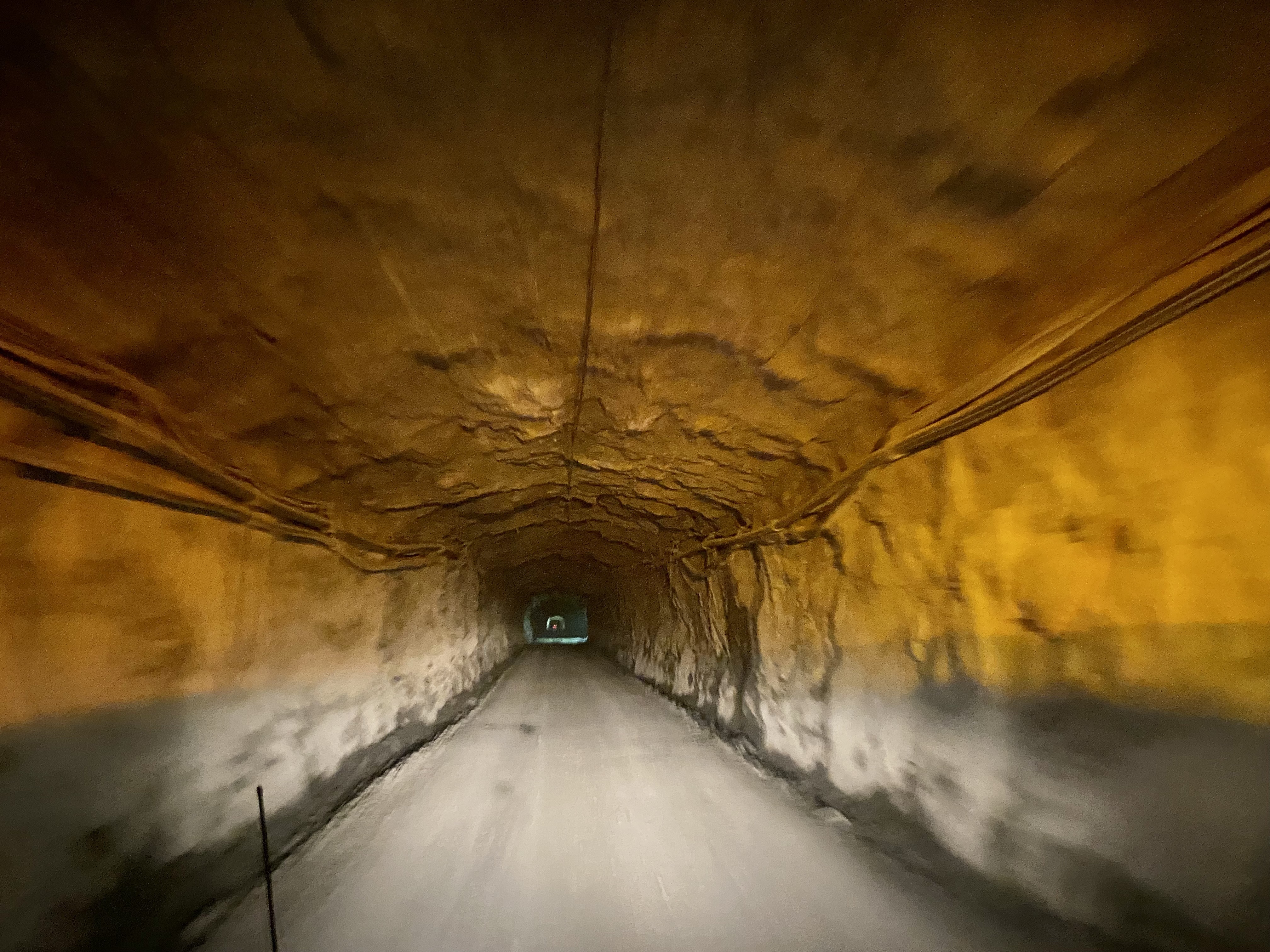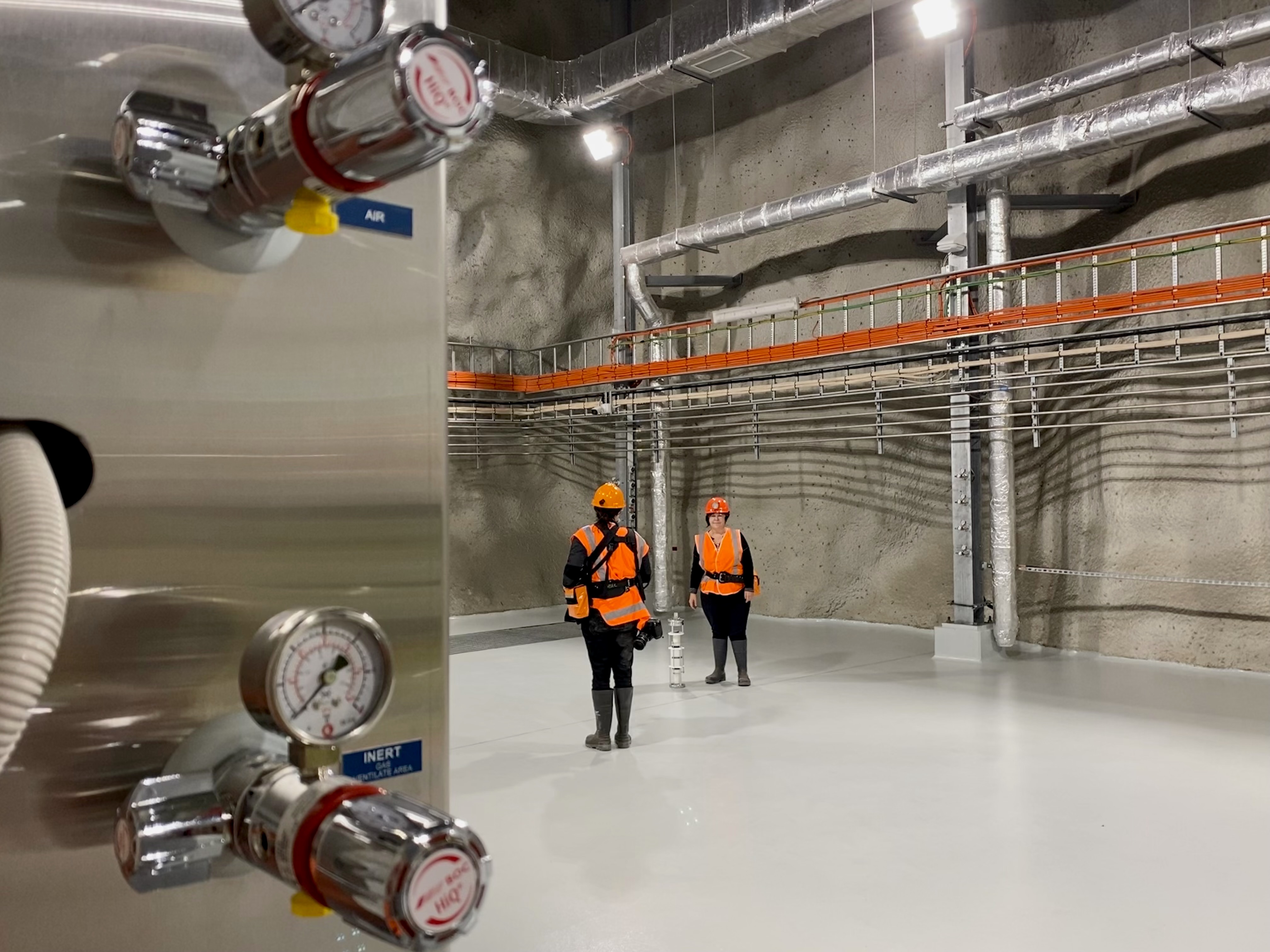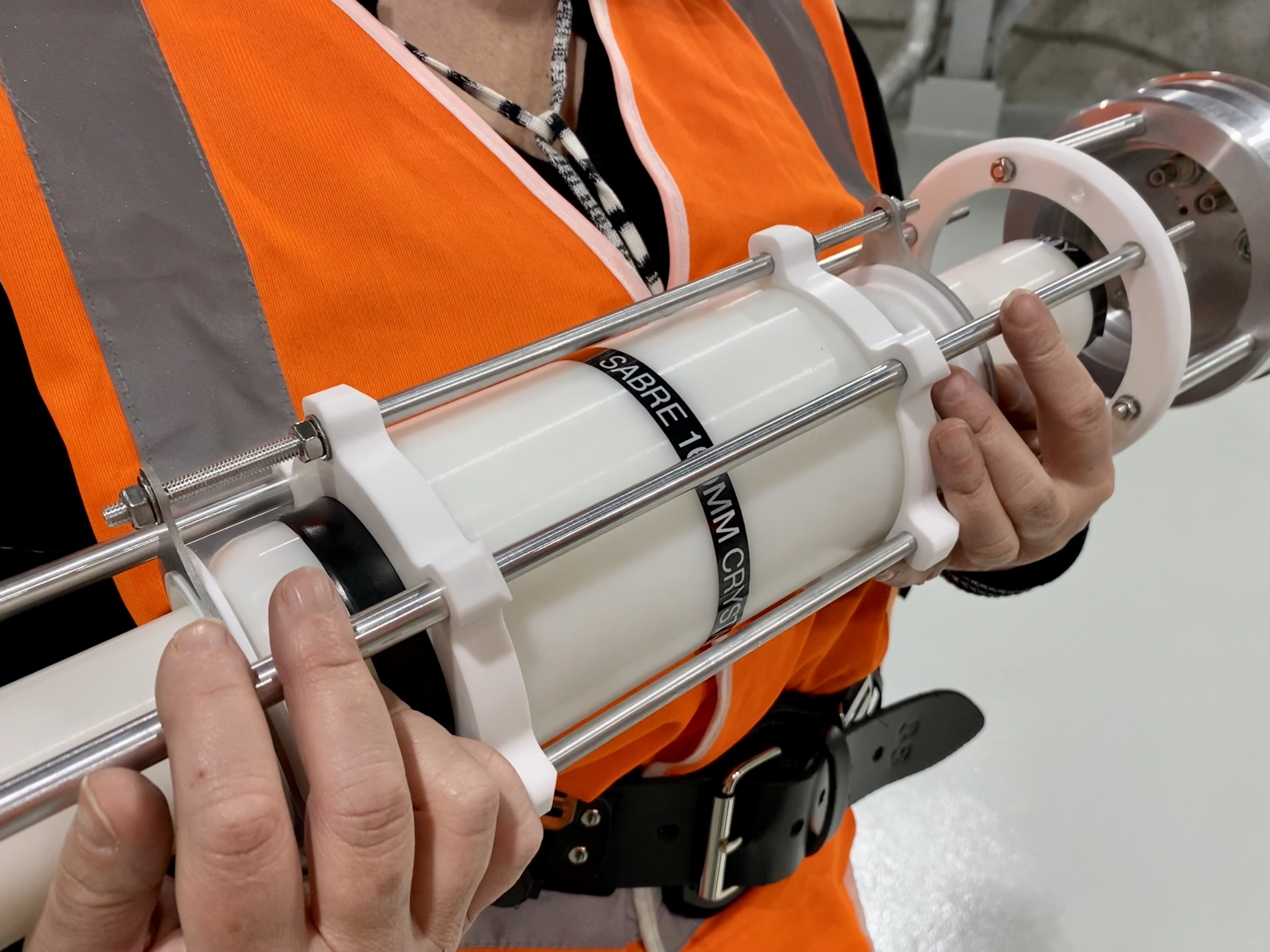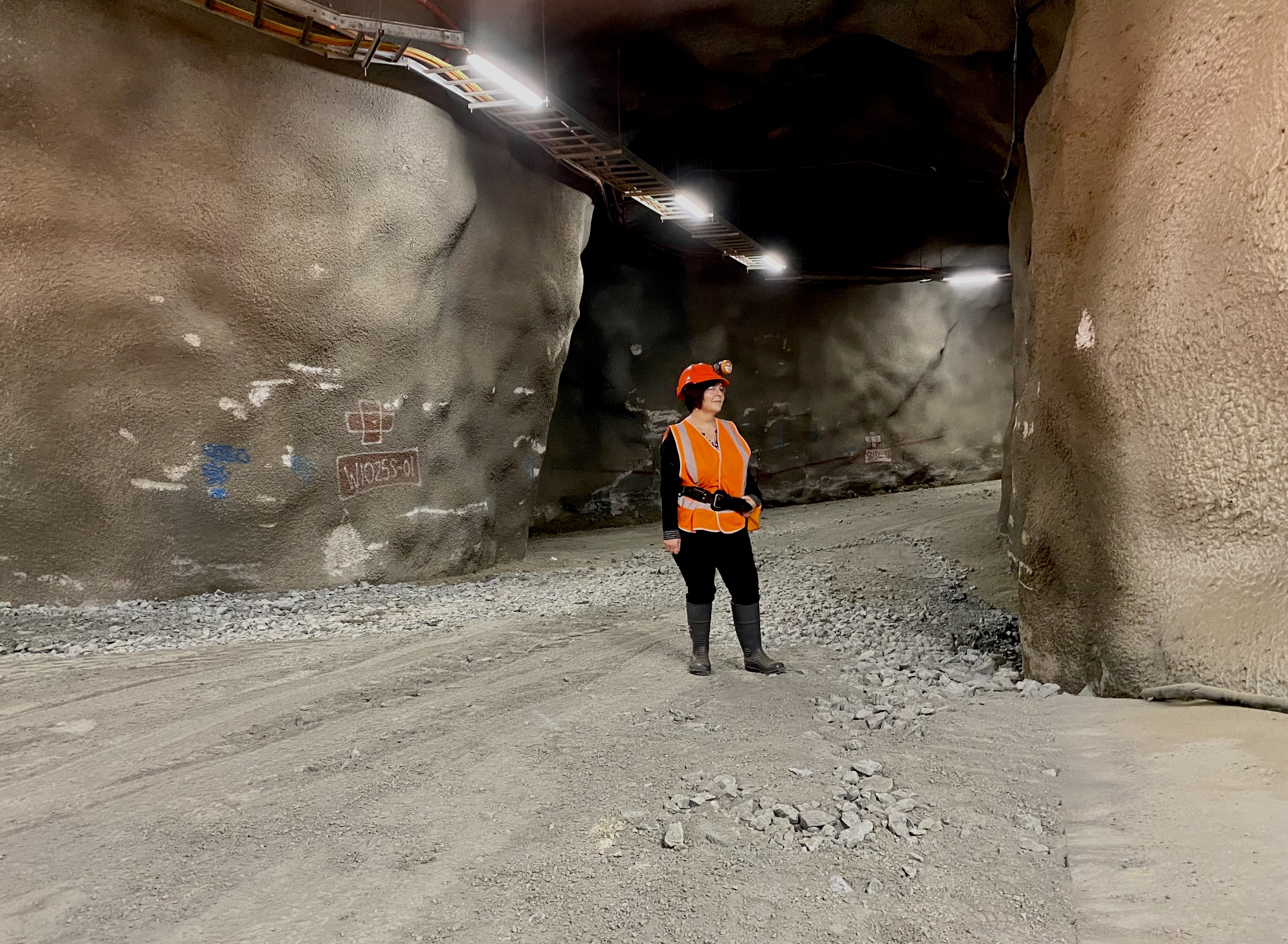
Sciences & Technology
The dark matter detective

A dark matter laboratory at the bottom of a gold mine in rural Victoria could make one of the biggest scientific discoveries ever – proving the existence of dark matter
Published 21 August 2022
It takes around half an hour to get to the Stawell Underground Physics Laboratory. Thirty minutes may not sound like a long time, but that’s half an hour spent plunging downwards in a truck as it twists and turns its way deeper into the pitch-black tunnels of the Stawell Gold Mine.
Professor Elisabetta Barberio is unfazed. The University of Melbourne physicist and Director of the Centre of Excellence for Dark Matter Particle Physics has made the journey below a kilometre of rock many times.

“It gets hotter and more humid”, she says, as the truck’s headlights light up another sheer wall of rock curving off into the darkness, “but the lab has air conditioning.”
The Stawell Underground Physics Laboratory (SUPL) is the only underground physics lab in the southern hemisphere and its aim is to answer one of the fundamental questions about our universe – does dark matter exist?
At the moment, despite decades of research, the existence of the dark matter particles is theoretical – but the way our universe behaves tells us something must be there.

Sciences & Technology
The dark matter detective
In fact, without it, the universe as we know it may not exist at all.
According to Professor Barberio, we can only really observe about five per cent of the whole universe; the rest is partly made of dark matter – invisible fundamental particles that make up the majority of matter, have no electric charge, don’t produce light and don’t interact very much with anything we can see.
“No matter where we are on Earth – underground or above ground – we have thousands, if not millions, of dark matter particles passing through us and they don’t do anything to us. To these particles, we are transparent,” says Professor Barberio.
But why is the lab at the bottom of a gold mine?
“Dark matter research needs to happen this deep underground to cut out the cosmic ‘noise’ and radiation. Cosmic rays are absorbed by rock, so if you go deep enough, you can reduce these to almost zero,” says Professor Barberio.
Italian scientists working on the DAMA/LIBRA project claim to have detected dark matter in a laboratory that sits inside a mountain, but the signal they detected fluctuates throughout the year, in line with Earth’s seasons.
“As the Earth rotates around the Sun, dark matter particles are blown toward us by a headwind or a tailwind. If it’s a headwind, there’s more dark matter – if it’s a tailwind there’s less,” says Professor Barberio.

Sciences & Technology
Catching sight of dark matter
And that’s why there’s the SUPL lab in the southern hemisphere, where the Italian tests can be replicated and any seasonal variations can be ruled out.
The lab itself looks a bit like a Bond villain’s underground lair. Professor Barberio agrees.
“It’s all part of my secret plan to take over the world.” She doesn’t quite pull off the evil laugh.
The major experiment going into the underground lab is known as the Sodium Iodide with Active Background Rejection Experiment South (or SABRE South for short) – a twin experiment, called SABRE North, is being built at Laboratori Nazionali del Gran Sasso (LNGS) in Italy.
The device used to detect dark matter will take up almost a third of the completely sterile lab which measures 33 metres long and 10 metres wide with a 14-metre-high ceiling.

It will use seven ultra-pure sodium iodide crystals housed in cylinders and wrapped in copper, with two very sensitive instruments, called photomultipliers, at either end.
These seven crystals – which are being grown in the United States and China – are then housed in a radiation-shielded tank filled with about 12 tonnes of a liquid called benzene.
“If the dark matter particles interact with the crystal, it produces a flash of light that will be picked up by the photomultipliers”, says Professor Barberio.

Sciences & Technology
Finding dark matter in the dark
“Many experiments have tried with many different elements, but it was the DAMA/LIBRA experiment in Italy using sodium iodide crystal that produced this light from what we think are interactions with dark matter.”
And it’s the properties of the sodium iodide that make it so sensitive.
“Dark matter interacts with the nucleus of the crystal, so the mass of the nucleus is important. Depending on the mass of dark matter, different materials will have a different sensitivity.
“So, if the dark matter is a large mass, a nucleus with a large mass will be more sensitive.”
At this point, Professor Barberio notices my blank face.

“Think of a billiard ball. If you have a big billiard ball and dark matter is a much smaller billiard ball, you won’t be able to move the big ball – so you won’t produce a signal. But if your dark matter billiard ball is enormous, it will just crush everything.
“You need to have two billiard balls – or nuclei – that are the same size, then you get a clear signal.”
SABRE will collect data for the next three years or so. For context, Italy’s DAMA/LIBRA project has been gathering data for more than twenty years.

Arts & Culture
Exploring the most unknown universe
“It’s a difficult experiment to reproduce, it’s so sensitive.
“We just need to be able to say ‘yes’ or ‘no’ to whether we’ve seen the same signal as Italy, so it won’t take as long.
“But if it’s yes – oh gosh.”
There are now five other experiments trying to verify the results of the Italian research – in Spain, Korea, Japan, Austria and the US. Which makes it feel like a bit of a race to prove the existence of dark matter.
But with the only dark matter detector in the southern hemisphere, the research team at Stawell – made up of scientists from Swinburne University of Technology, Adelaide University, the Australian National University, University of Sydney and the Australian Nuclear Science and Technology Organisation (ANSTO), as well as the University of Melbourne – is in the box seat to make the major discovery of the century.

Professor Barberio looks outraged when I say this, and then laughs.
“Not just this century - it will be one of the biggest discoveries ever – finding out what the universe is made of”.
Banner: Professor Elisabetta Barberio with a mock-up of the crystal housing cylinder for the SABRE South experiment/Imogen Crump